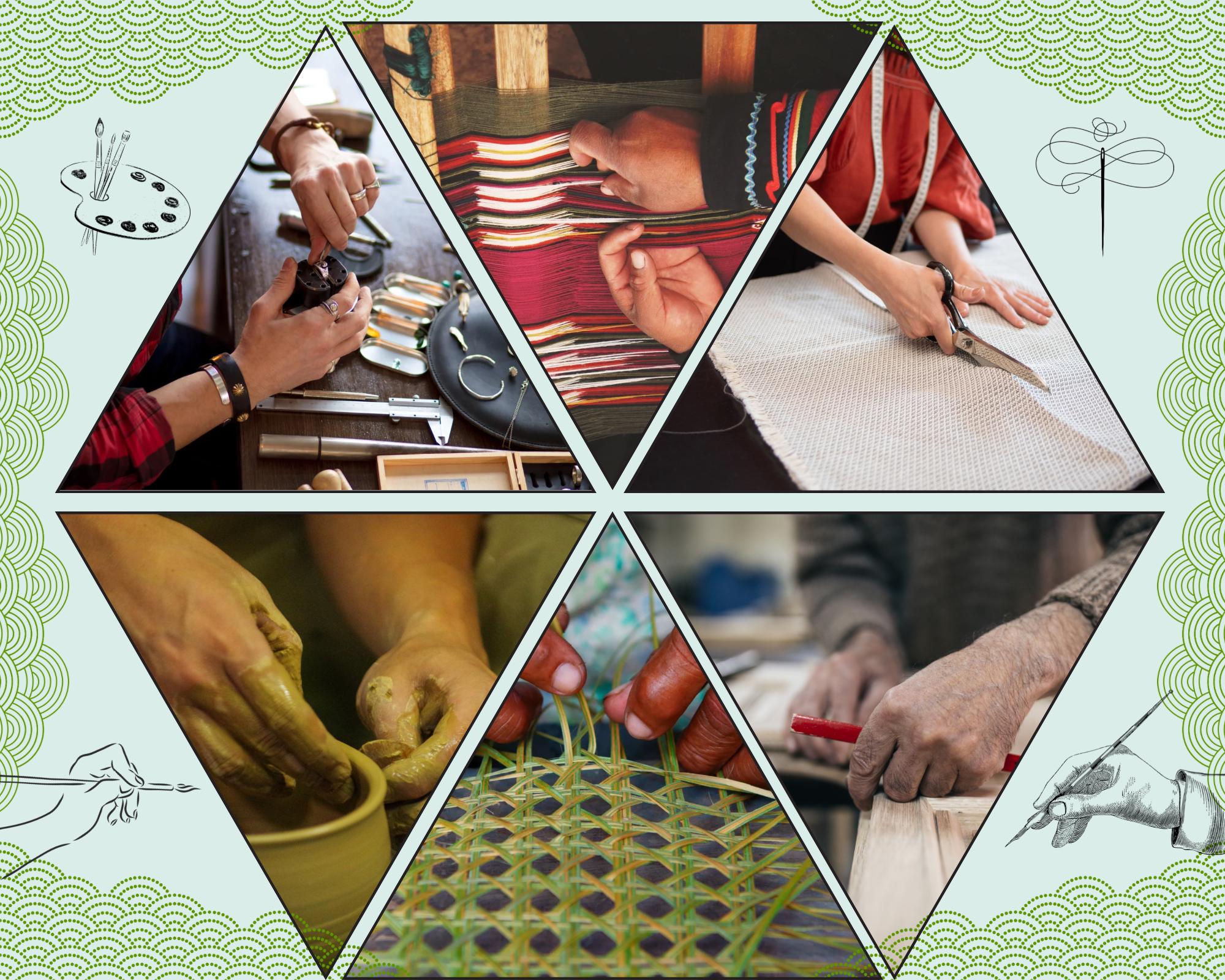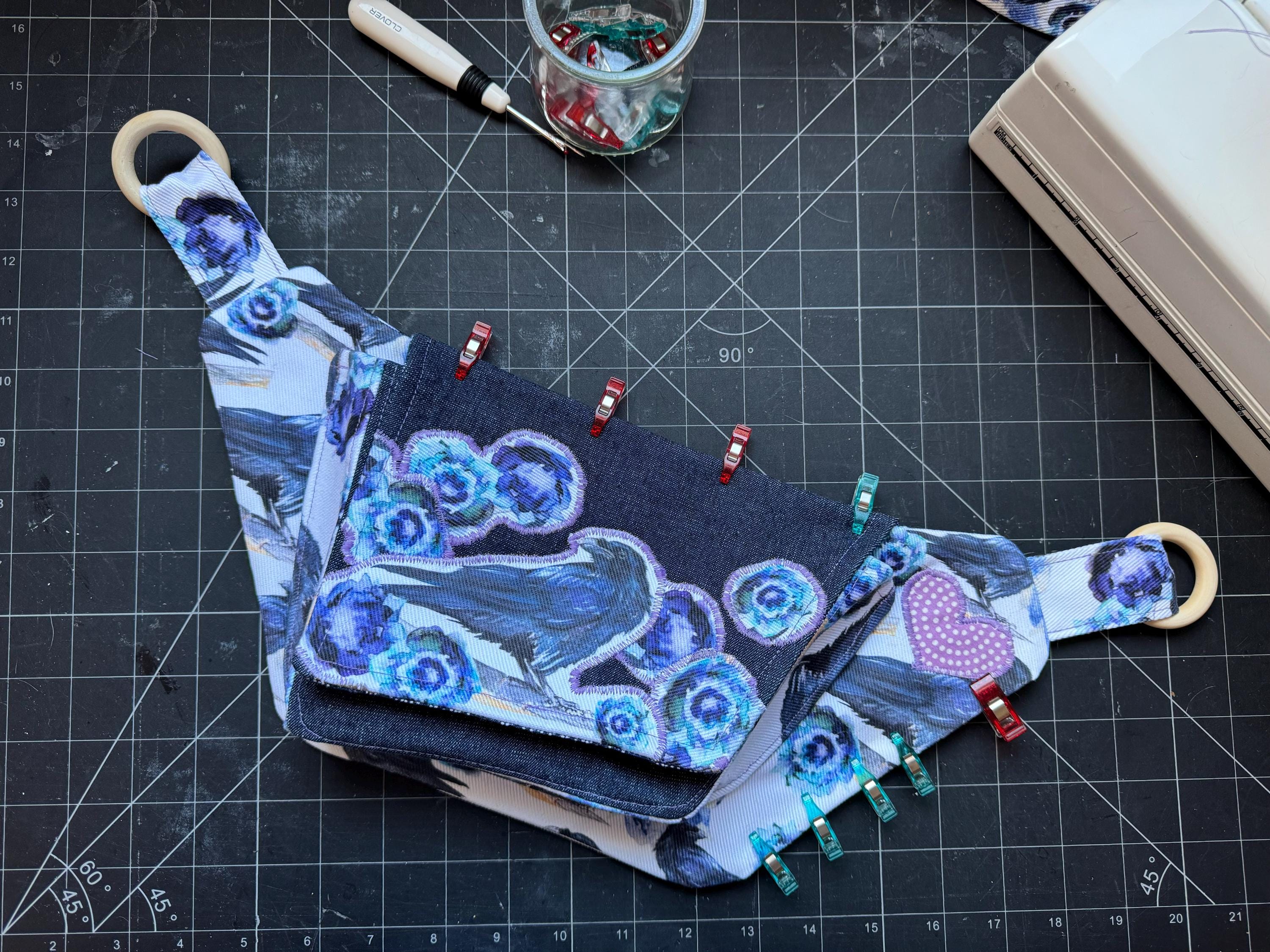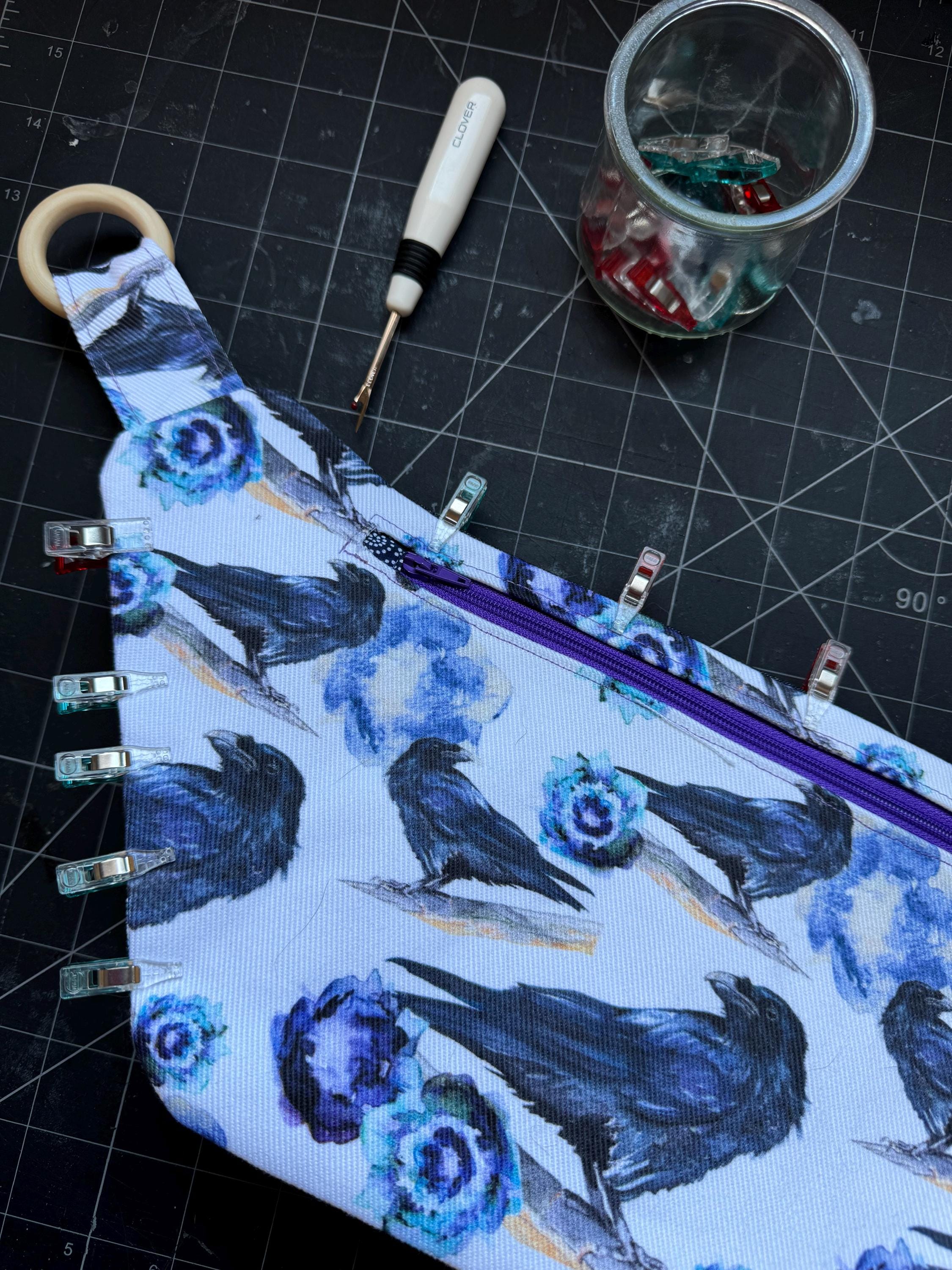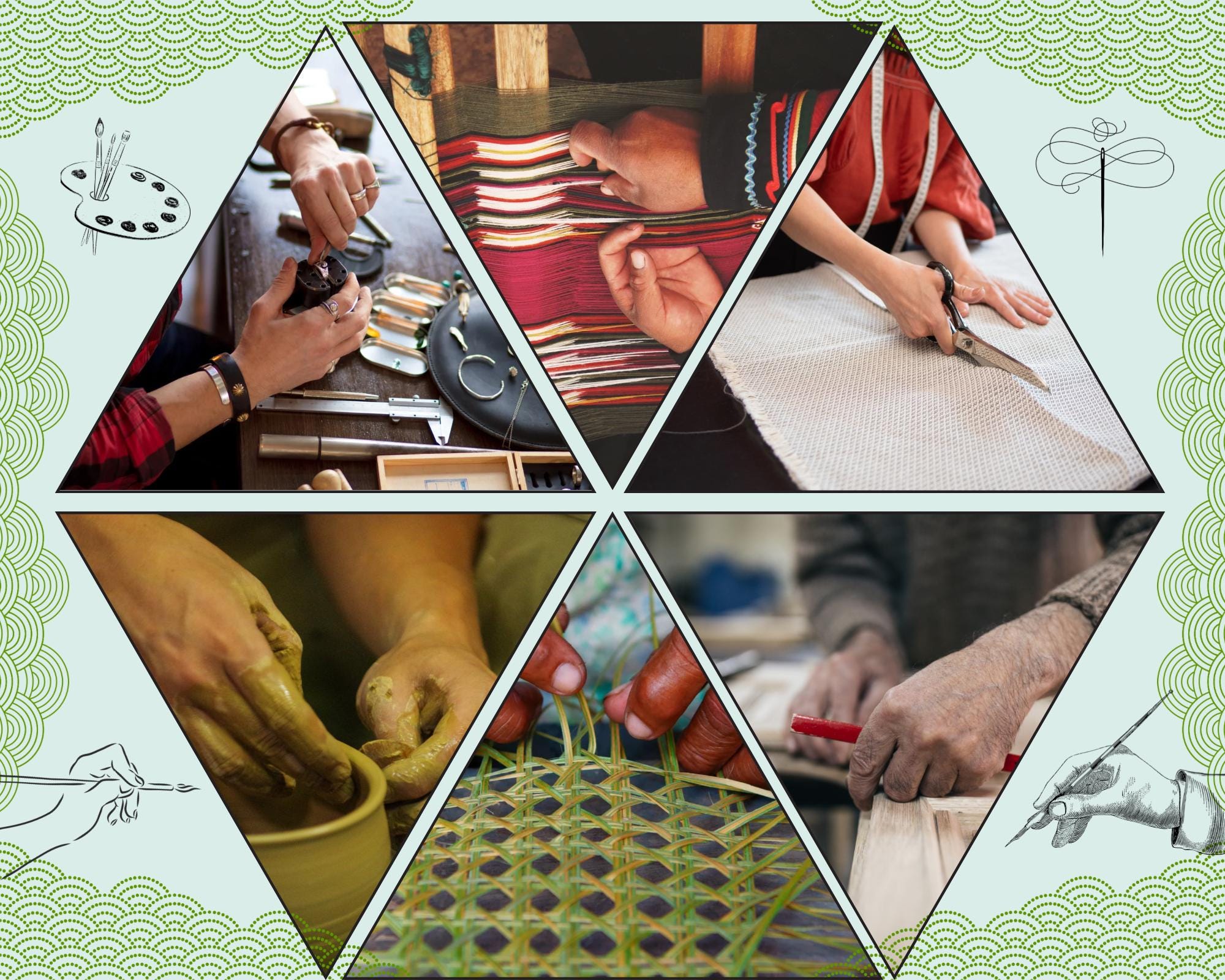
What We Make With Our Hands, We Also Make With Our Hearts: The Soul of Craftsmanship and Creativity
“What we make with our hands, we also make with our hearts.” – Unknown
In an age of rapid automation, mass production, and digital saturation, the simple act of making something with your hands has become a radical act of love, presence, and resistance. Whether you’re sewing a bag, shaping clay on a wheel, weaving textiles, or carving wood, each creation becomes more than just an object. It becomes a story—your story—infused with memory, meaning, and care.
The Spirit of Craftsmanship
Craftsmanship is the age-old practice of blending skill with soul. It is not merely about technique; it is about devotion. Artisans throughout history have labored not for speed or efficiency but for mastery—for the sheer joy of doing something well. From the weaving looms of ancient Peru to the blacksmith shops of medieval Europe, craftsmanship has been the heartbeat of culture and the vessel for passing down knowledge, values, and identity.
Today, makers and artists around the world are reclaiming this tradition, reviving time-honored techniques while also innovating with new materials and approaches. To create by hand is to engage the body and the brain, to activate neural pathways that not only enhance motor skills but deepen our emotional connection to the task at hand (Levitin 97).
The Wisdom of Learning and Passing it On
Learning a craft is a journey of humility and resilience. It requires patience, mistakes, and repetition. But in that process, something beautiful happens: we build confidence, and we build community. The skills we learn don’t belong to us alone—they become part of a legacy that we carry forward.
Teaching others—whether it’s a child, an apprentice, or a friend—is one of the most powerful ways to honor that legacy. It transforms creativity into continuity. As educational theorist Paulo Freire once said, “Education must begin with the solution of the teacher-student contradiction, by reconciling the poles of the contradiction so that both are simultaneously teachers and students” (Freire 72). In craftsmanship, the teacher learns from the learner, and both are changed.
A Living, Breathing Example of Craftsmanship and Creativity
A few months ago, I had the joy of collaborating on a special project with my dear friend and extraordinary artist, Holly Tanner Strauss. Whenever I talk about true artistry and craftsmanship, Holly is one of the first people who comes to mind.
She doesn’t just make art—she lives it. Holly embodies creativity in everything she does, constantly exploring new techniques, learning new skills, and generously sharing her knowledge with others. Her enthusiasm is contagious, and her encouragement has inspired countless people to create with confidence.
For our collaboration, Holly painted a stunning watercolor design, which she transformed into fabric. I then turned that fabric into a handcrafted hip sac—bringing our two crafts together in a piece filled with heart, beauty, and intention.
Holly is a true artisan in every sense. For over 20 years, her dedication to both her craft and her creative community has inspired me deeply. As I wrote this blog post about the soul of craftsmanship and the power of making with our hands and hearts, I couldn’t help but think of her. She is a shining example of what it means to live your art.
Check out all of Holly's amazing creations at: https://www.hollytannerstrauss.com/


The Power of Small Business and the Handmade Economy
Small, creative businesses are not just economic engines—they are vessels of hope and humanity. In each handmade item sold, there is a story: of someone choosing intention over convenience, purpose over profit. Small businesses create space for authenticity and experimentation. They foster connection in a disconnected world.
Supporting handmade goods is not simply about shopping differently. It’s about valuing different things: time, artistry, individuality, and sustainability. According to the American Craft Council, over 6 million people in the United States alone work in craft-based industries, contributing billions to the economy while nurturing local communities (“Craft’s Impact”).
Innovation Through the Hands
Working with your hands does not mean resisting innovation—it often drives it. Innovators are makers. Whether it’s a fashion designer experimenting with biodegradable textiles or a carpenter integrating traditional Japanese joinery with modern tools, the act of creating something new begins with curiosity and a willingness to explore.
Neuroscience supports this: hands-on making increases dopamine, reduces anxiety, and improves brain plasticity (Doidge 245). In other words, making helps us become more ourselves. We tap into flow states, where time disappears and we become deeply engaged in the present moment. These are the states where breakthroughs happen—where new ideas take shape.
A Heartfelt Invitation to Create
If you’ve ever doubted your ability to make something beautiful, remember this: the value of your work lies not in its perfection, but in its presence. Each stitch, each stroke, each mistake is evidence that you showed up—with your hands and with your heart.
So go ahead. Pick up the brush, the needle, the pen. Learn a skill. Teach it to someone. Make something today. And remember: in every thread, in every fold, in every mark you make, your heart is there. And that is what makes it matter.
Works Cited
Doidge, Norman. The Brain That Changes Itself: Stories of Personal Triumph from the Frontiers of Brain Science. Penguin Books, 2007.
Freire, Paulo. Pedagogy of the Oppressed. Translated by Myra Bergman Ramos, Continuum, 2000.
Levitin, Daniel J. This Is Your Brain on Music: The Science of a Human Obsession. Dutton, 2006.
American Craft Council. “Craft’s Impact: An Economic and Cultural Force.” American Craft Council, https://www.craftcouncil.org/post/crafts-impact-economic-and-cultural-force. Accessed 6 May 2025.
